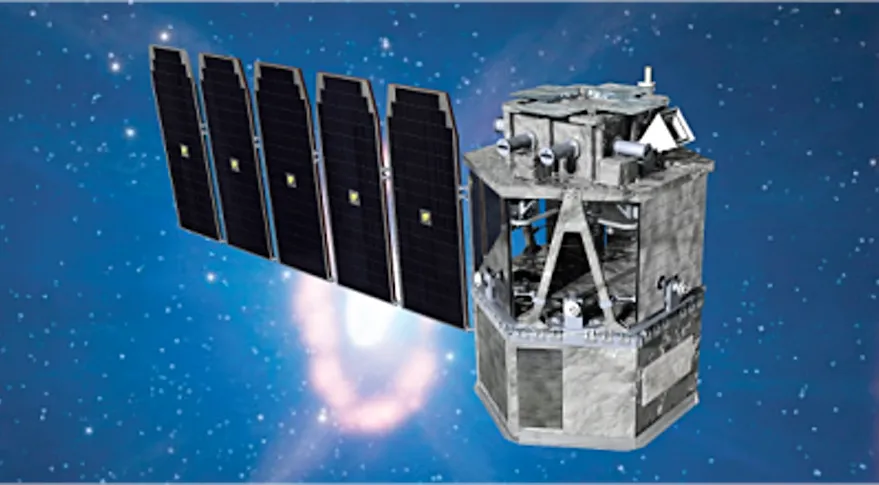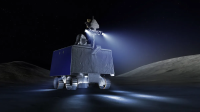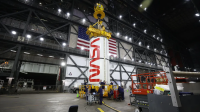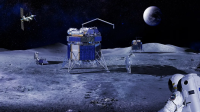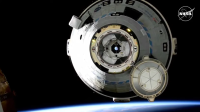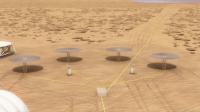NASA has chosen SpaceX to launch the Compton Spectrometer and Imager (COSI) spacecraft, a small gamma-ray astronomy mission, in August 2027, the agency announced on July 2. The contract, valued at approximately $69 million, includes launch services and related activities.
“The agency could not release details on the number of companies that bid on the launch,” a NASA spokesperson told SpaceNews, citing sensitivity around source selection information.
Originally selected in 2021 under NASA’s Small Explorer-class (SMEX) program, COSI is designed to detect soft gamma rays from celestial sources, such as the Milky Way’s positron annihilation. Despite initial plans for a 2025 launch, NASA adjusted the mission timeline to 2027, extending its Phase B design work to manage costs.
Mark Clampin, NASA astrophysics division director, acknowledged the impact of budget constraints on mission schedules. “Slowing down missions ultimately increases their overall cost,” Clampin stated during a recent meeting of the Committee on Astronomy and Astrophysics.
While COSI faced delays, NASA also postponed the launch of another astrophysics mission, the Ultraviolet Explorer (UVEX), from 2028 to 2030 due to budget challenges. The agency emphasized the importance of maintaining a cadence of Explorer missions despite financial pressures.
Discussing cost-saving measures, Clampin highlighted efforts to explore operational changes for missions like the Chandra X-Ray Observatory and Hubble Space Telescope. These efforts are part of broader discussions on optimizing mission costs without compromising scientific objectives.
NASA’s fiscal year 2025 budget projected savings of $26 million on COSI’s mission costs from 2025 to 2027, attributed to reduced estimates from the launch services provider, although SpaceX was not initially identified.
Looking ahead, NASA plans to issue another call for SMEX mission proposals in 2025 to bolster its astrophysics exploration efforts amid evolving budget dynamics.

